The night is cool, but warm enough to feel that the country has shaken off winter’s chill and that spring is well and truly here. Under the frothy waves of blossoms the air is festive, bursting with the sounds of conversation, the tipsy laughter of other picnickers, and occasional bursts of song. Above, the trees are white as sea foam, flood-lit and magical. In the daytime, there will be groups of coiffed women in seasonal kimono, teenagers in school uniforms, retired camera hobbyists with expensive tripods supporting impressive lenses, and often a single black-suited business man, the most junior in the office, holding down a blue tarp for the annual office cherry blossom party. But the night belongs to revelers.
Few things are as quintessentially Japanese as the cherry blossoms. A heavy proportion of tourist posters and travel sites feature Mount Fuji with a spray of blooming sakura framing the iconic mountain’s snowy peak, or Kyoto’s most famous temples backed by the lacy pink and white flowers. Blossom viewing – hanami in Japanese – is also one of Japan’s most baffling contradictions for any casual visitor: you come expecting refined parties of kimono-clad sake-sippers, and find instead rowdy groups of partiers singing into portable karaoke machines beneath the trees. For the Japanese, this revelry doesn’t really contradict the nature of the flowers – long thought of as a symbol of life’s brevity – and for a short week each spring (two, if the weather is right and the flowers hold) the whole country kicks back in a celebration of the season, the beginning of the school year, and the start of a new year of business.
Hanami has been part of Japanese culture for as long as the culture of Japan has been recognizably “Japanese,” and alcohol has been caught up in the equation from the beginning. In the Nara period (AD 710–794), the nobility took special pleasure in picnicking and sipping drinks in blossoming orchards of ume plums, taking up the recently imported Chinese tradition as eagerly as they adopted writing, Buddhism, and sake itself.
Some time in the Heian period (794–1185), something changed. An ume tree in the imperial palace’s temple garden was replaced by a sakura, and cherry blossoms began to supplant plum in the short poetry so fashionable at the court. At the time Murasaki Shikibu (c.973 – c.1014) was penning the Tale of Genji, the word “blossom” (hana) had become synonymous with sakura, and in poetry the short-lived flowers often alluded to the transient nature of human life.
As time passed, courtly pastimes and traditions spread out from the imperial palace and into the larger world of samurai society at the capital. Enjoying the ephemeral blossoms appealed to a warrior culture that both valued quiet contemplation of the beauty in everyday objects and understood all too well the fleeting nature of life in this world.
Samurai culture, spreading throughout the Japanese archipelago during the Kamakura (1185–1333) and Muromachi periods (1336–1573), took the tradition of blossom viewing to the Kansai region, but it wasn’t until the Edo era (1603–1868) that the custom of hanami became popular with society as a whole.
In the shogun’s capital at Edo, the yearly spring tradition flourished. The third Tokugawa shogun, Iemitsu, planted trees at Ueno’s Kaneiji Temple; the fourth, Ietsuna, began the planting of sakura along the banks of the Sumida river. The eighth shogun, Yoshimune, better known for his financial reforms and for relaxing a long-standing ban on foreign literature, was also serious about planting cherry trees. The stand of sakura he planted at Asukayama Park in Tokyo is still a famous spot for hanami today.
Though many trees planted around daimyo’s residences were lost during the reforms of the Meiji Restoration (1867), during the Meiji period itself the hardy but beautiful somei yoshino variety caught the public imagination. So pale as to be almost white, the somei yoshino blooms early, and – with support from the weeping shidarezakura and the later, pink-petaled yaezakura – are the real face of Japanese hanami.
These days, the “cherry blossom front” (sakura zensen) is tracked by weather networks and followed closely by a nation eager for an excuse to relax and revel in the warmth of a new season. As a wave of palest pink sweeps over the country from south to north and lowland to highland, the whole country unpacks tarps, sake bottles, portable karaoke machines, and occasionally seasonal kimono, to celebrate the blossoms, warm weather, and the transitory nature of things by simply reveling in the here and now.
Story by Skye Hohmann
Photo by Mari Miyata
From J SELECT Magazine, April 2010


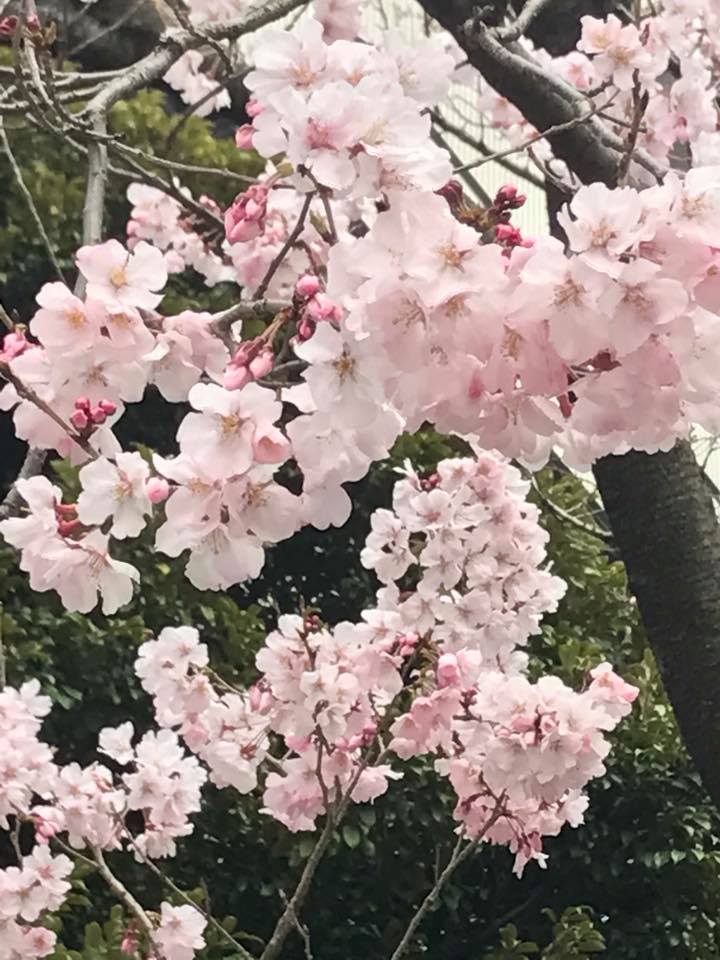


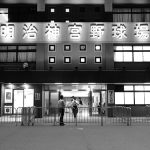

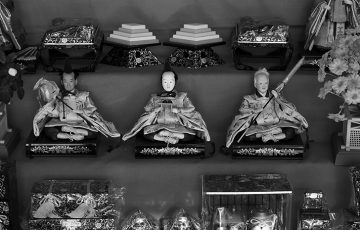
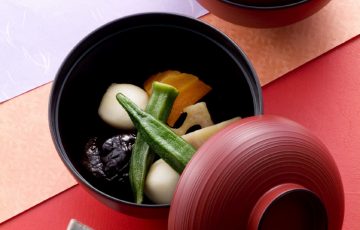
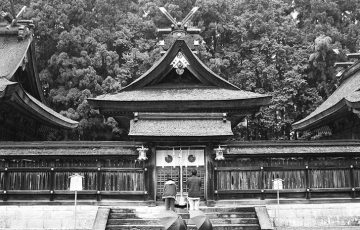
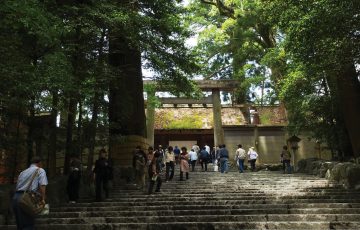
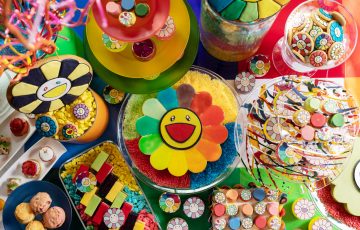
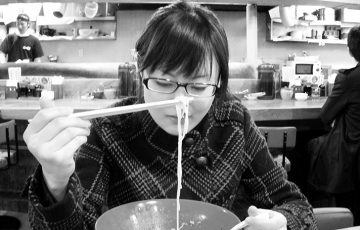



Recent Comments